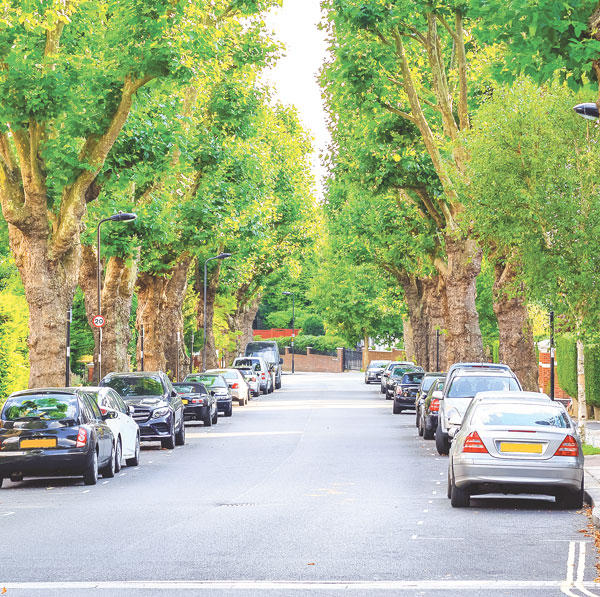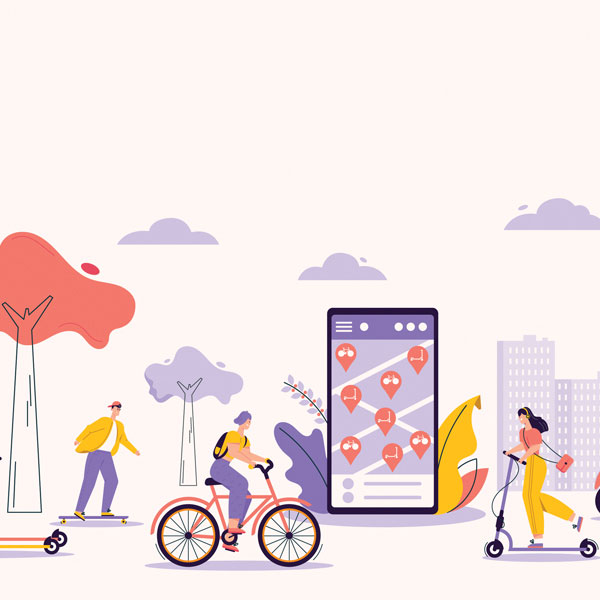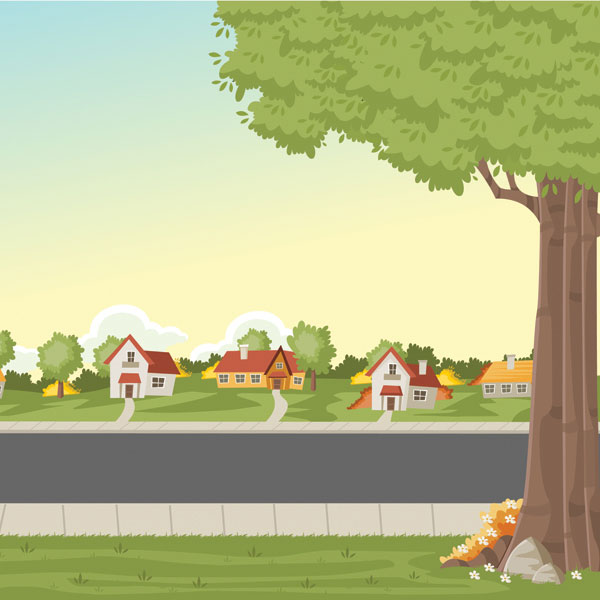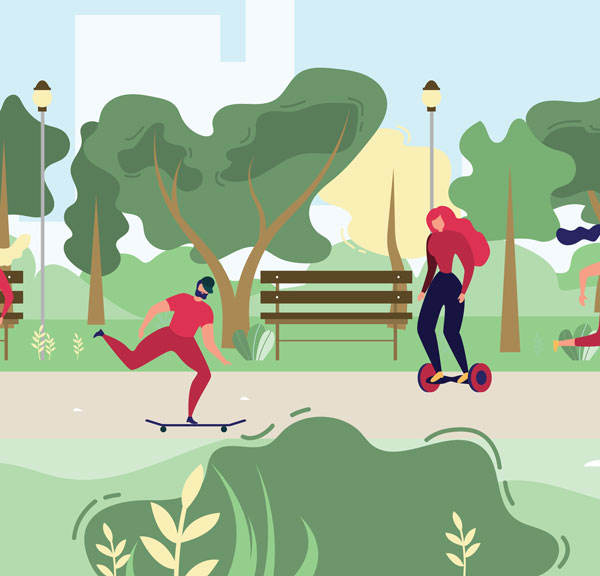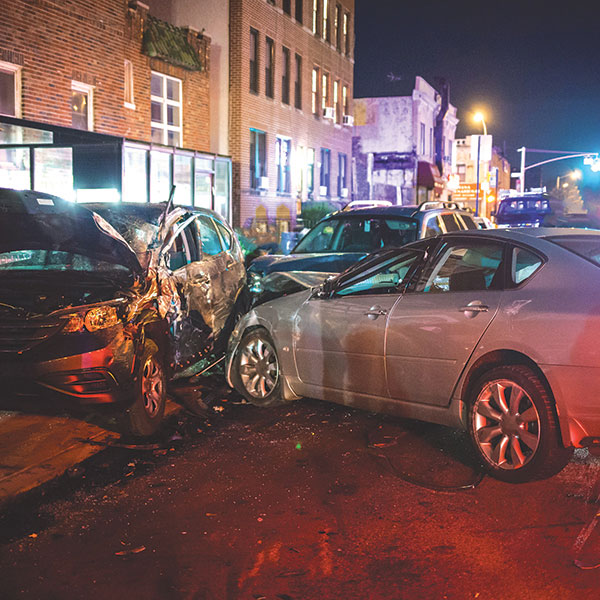Getting There
Blast From Past
The future of dangerous fences across the Sacramento River levee may depend on letters written during the Vietnam War.
The letters contain fence authorizations granted by the Army Corps of Engineers. They date from 1968.
It’s unclear whether the letters really exist. Authorities can’t or won’t produce the paperwork for public examination by Inside Sacramento.
My Space
It’s not yours. It belongs to all of us. That convenient parking spot in front of your home or apartment is public property. Property rights don’t extend into the street.
It’s frustrating when outsiders—commuters, shoppers, restaurant guests, students and visitors (but not yours, of course)—zero in on “your” spot and fill “your” street.
Competition for on-street parking is more crowded than ever. Curb space is needed for hydrants, deliveries, transit, parklets, outdoor dining, curbside pick-up, bike lanes, wider sidewalks, shared bikes, scooters, electric vehicle charging, taxi-Uber-Lyft and, someday, automated vehicles. There’s a developing field called curb management to figure out how best to use this scarce resource.
A Fair Share
Rental scooters and bikes, often battery powered and accessed with a smartphone, are considered forms of “micromobility.” Some observers say bike sharing is the “transportation success story” of the last decade.
But micromobility is still in its infancy. We can expect changes in equipment, operations (recharging and repositioning the devices) and management of systems.
The benefits are clear. Rental bikes and scooters are inexpensive, quiet, non-polluting, fun and available on demand. Electric-assist bikes provide health benefits from pedaling. But there are problems.
Neighborly Goals
There’s no universal agreement on what constitutes a great neighborhood. But most of us recognize one when we see it.
The ideal neighborhood depends on individual priorities and stages of life. Some seek quiet, others vibrancy and activity. Seniors have different preferences than young, single workers or families with small children.
Keep Moving
What’s better than a long life? A long, active and healthy life. Here’s where transportation policy and health policy work together.
People are living longer. There have been dramatic increases in lifespan over the last century, but increases in healthspan have not kept pace.
It’s Killing Us
The United States is terrible at traffic safety. Other developed countries are far superior. Here we risk our lives just to get somewhere. Each year more than 35,000 die in traffic crashes. Almost 5 million more are injured.
Despite the pandemic resulting in less driving, traffic violence has surged, not declined. The road carnage is immoral.
At a safety conference in 2021, National Transportation Safety Board Chair Jennifer Homendy said, “We spent decades planning, designing, building and operating our road system for the efficient movement of people and goods, rather than safety.” She added, “Last year there were … zero deaths and zero crashes on major airlines… (but) 38,680 lives lost on our nation’s roads.”


